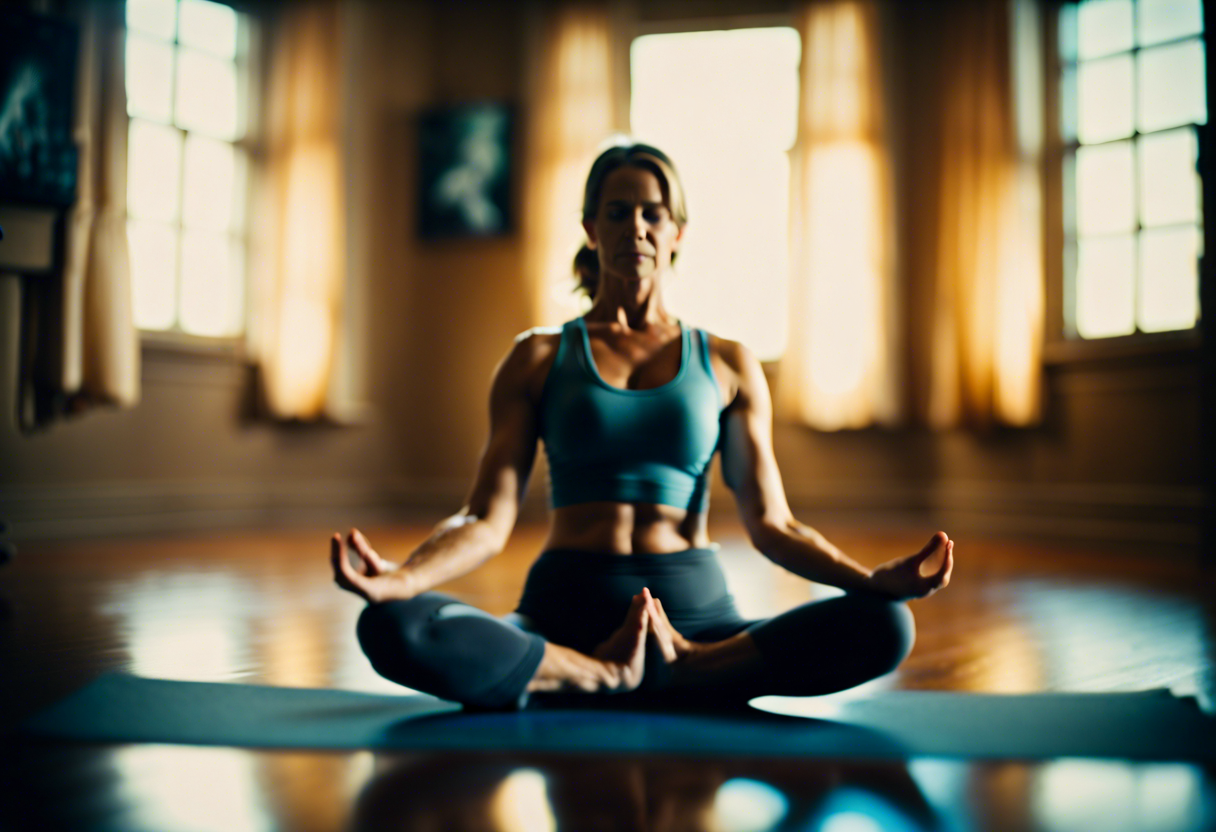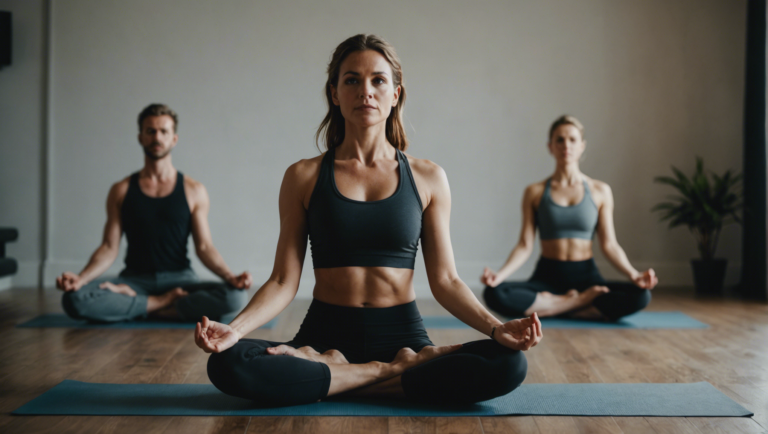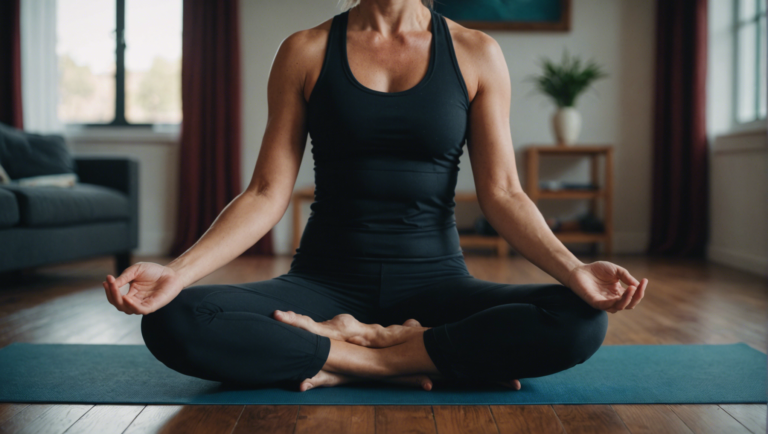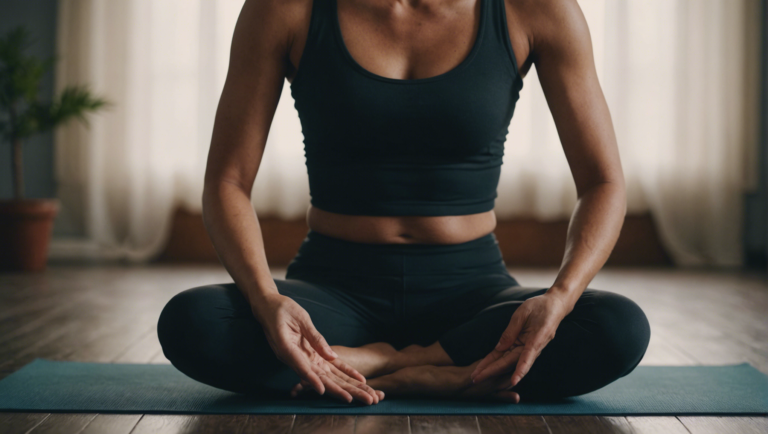Which Yoga Is Best For Low Blood Pressure
Exploring the Best Yoga Practices for Managing Low Blood Pressure
Low blood pressure, medically known as hypotension, can often leave individuals feeling lethargic, dizzy, or even faint. While various health interventions can help manage this condition, yoga has emerged as a beneficial complementary practice. With its focus on relaxation, controlled breathing, and gentle physical exercises, yoga can significantly contribute to stabilizing blood pressure levels. This exploration delves into the best yoga practices suited for those managing low blood pressure, aiming to provide a holistic approach to improving overall well-being.
Best Yoga Asanas for Low Blood Pressure
Yoga offers a myriad of asanas (poses) that cater to an array of health concerns, including hypotension. These asanas not only promote blood flow but also enhance autonomic functions, aiding in the regulation of blood pressure.
Sukhasana (Easy Pose) with Forward Bend
This simple seated pose involves a gentle forward bend that helps calm the nervous system, reduces stress, and promotes a stable blood pressure level. It’s an ideal starting point for beginners, encouraging mindfulness and deep breathing.
Shavasana (Corpse Pose)
Though it appears simple, Shavasana is powerful for individuals with low blood pressure. It aids in deep relaxation, allowing the body to recuperate and the nervous system to stabilize, which is essential for regulating blood pressure.
Viparita Karani (Legs-Up-The-Wall Pose)
Viparita Karani is especially beneficial for those with hypotension. By elevating the legs, this pose encourages venous return, improves circulation, and can help in gently elevating blood pressure to normal levels.
Baddha Konasana (Butterfly Pose)
This seated pose helps in improving blood circulation throughout the lower half of the body. Baddha Konasana is particularly effective in stimulating the heart and promoting better control of blood pressure levels.
Breathing Techniques and Their Impact
Yogic breathing techniques, or pranayama, play a crucial role in managing low blood pressure. These practices are designed to enhance the oxygenation of blood, invigorate the body, and stabilize the mind, offering a comprehensive approach to managing hypotension.
Anulom Vilom (Alternate Nostril Breathing)
This balancing breathing technique helps to calm the mind, reduce stress, and improve cardiovascular function, making it an essential practice for those aiming to manage low blood pressure.
Bhramari (Bee Breath)
Bhramari pranayama can induce a state of profound mental calmness. The vibrations generated during this practice have a therapeutic effect, aiding in the reduction of stress, which is often a contributor to fluctuating blood pressure levels.
Implementing a Regular Yoga Practice
Establishing a regular yoga routine is key to reaping the benefits of the practice, particularly for managing blood pressure. A consistent, moderate-intensity yoga practice can lead to significant improvements in health and well-being for individuals with hypotension. Start with shorter sessions, gradually increasing the duration as your body adapts. Listening to one’s body and consulting with a healthcare provider before beginning any new exercise regimen is essential, especially for those with existing health conditions.
The Therapeutic Effects of Yoga on Blood Pressure
Yoga, with its comprehensive approach affecting body, mind, and spirit, offers more than just physical benefits. By incorporating specific asanas and pranayama techniques, individuals with low blood pressure can find a natural and effective way to enhance their health. Beyond immediate effects, yoga’s stress-reducing properties and ability to improve autonomic balance hold the promise for long-term management of blood pressure.
The holistic influence of yoga practices not only aids in managing low blood pressure but also contributes to a heightened sense of well-being. Adopting yoga as part of a lifestyle change can lead to sustainable health improvements, underlining the importance of integrating mindful practices into our daily routine. As always, it’s advisable to approach yoga under the guidance of experienced instructors and healthcare professionals to ensure safety and effectiveness.
Understanding the Science Behind Yoga and Blood Pressure Regulation
The intricate relationship between yoga practices and the body’s cardiovascular system, especially in the regulation of blood pressure, has piqued the interest of both the medical community and wellness enthusiasts. This article delves deep into the mechanisms through which yoga influences blood pressure, with a particular focus on low blood pressure (hypotension), offering a comprehensive look at the types of yoga most beneficial for managing this condition.
Unveiling the Connection Between Yoga and Blood Pressure
Yoga, an ancient practice with origins stretching back thousands of years, intersects profoundly with modern-day medical understanding, particularly regarding cardiovascular health. The holistic approach of yoga, which integrates physical postures, breathing techniques, and meditation, offers multifaceted benefits including the stabilization of blood pressure levels. Studies suggest that regular yoga practice can significantly impact the autonomic nervous system (ANS), enhancing parasympathetic (rest and digest) activity and moderating sympathetic (fight or flight) responses. This balance is crucial for maintaining optimal blood pressure.
Exploring Yoga Styles Suitable for Low Blood Pressure
When it comes to managing low blood pressure through yoga, selecting the right style and poses is paramount. While vigorous yoga styles may not be ideal, gentler forms of yoga can be incredibly beneficial in invigorating the circulatory system without overexertion.
Gentle Hatha Yoga and Its Benefits
Gentle Hatha Yoga, known for its slow-paced and careful approach, is particularly suitable for individuals experiencing low blood pressure. This form of yoga emphasizes physical postures (asanas) that enhance circulation and breathing techniques (pranayama) that encourage optimal oxygen flow. The mindful engagement with each pose allows for a gradual strengthening of the cardiovascular system, promoting a healthy blood pressure balance.
Restorative Yoga: A Path to Improved Circulatory Health
Restorative Yoga, another subset particularly beneficial for hypotension, focuses on relaxation and rejuvenation. By utilizing props and holding poses for extended periods, this yoga style helps reduce stress and stimulate blood flow. Certain inversions, albeit gentle and supported, can be particularly effective for individuals with low blood pressure, encouraging venous return and enhancing cardiac output.
The Role of Breathing Techniques in Blood Pressure Regulation
Pranayama, or yogic breathing, plays a fundamental role in the regulation of blood pressure. Specific breathing exercises, such as diaphragmatic breathing, can significantly influence the nervous system, shifting the body’s balance towards the parasympathetic mode. This not only calms the mind but also stabilizes heart rate and blood pressure. For hypotension, practices that incorporate mild stimulatory effects can awaken the body’s energy systems, promoting a healthy blood pressure level.
The Science Supporting Yoga’s Effectiveness
The scientific community continues to unravel how yoga achieves its regulatory effects on blood pressure. Research indicates that yoga practices can modulate baroreceptor sensitivity, improve endothelial function, and decrease oxidative stress—all factors contributing to blood pressure regulation. Moreover, the stress-reducing properties of yoga help in mitigating the adverse effects of stress hormones like cortisol, which can disturb cardiovascular health.
Implementing Yoga into Daily Life for Blood Pressure Management
For those looking to manage low blood pressure, incorporating yoga into daily routines can offer substantial benefits. Starting with sessions under the guidance of experienced instructors can ensure safety and effectiveness. Over time, as familiarity and comfort with the practices grow, individuals can tailor their yoga routines to fit their needs and preferences, making yoga a sustainable and enjoyable component of a holistic approach to blood pressure management.
Yoga stands out as a complementary approach to blood pressure regulation, offering a serene path to cardiovascular health. Its capacity to modulate the ANS, improve circulation, and reduce stress makes it an invaluable tool for those battling low blood pressure. As with any wellness regimen, consultation with healthcare professionals before beginning a yoga practice is advisable to cater to individual health needs and conditions.
Conclusion
Delving into the realm of yoga as a therapeutic approach for stabilizing low blood pressure brings into focus a holistic path that not only addresses the symptoms but enriches the overall well-being of individuals. The intricacies of yoga, extending beyond simple physical exercises, encapsulate a profound science that harmonizes the body, mind, and spirit, offering a sanctuary for those grappling with the challenges of hypotension. By engaging with specific yoga practices crafted for managing low blood pressure, individuals embark on a journey of self-discovery and healing that transcends the confines of conventional treatment methods.
The exploration of the best yoga practices for this purpose is not a one-size-fits-all prescription but a tailored approach that acknowledges the uniqueness of each individual’s body and health status. Postures such as Shavasana (Corpse Pose), Baddha Konasana (Bound Angle Pose), and Viparita Karani (Legs-Up-The-Wall Pose) stand out as beacons of restorative power. These poses, celebrated for their grounding and calming effects, encourage a harmonious flow of energy, gently coaxing the body’s mechanisms to elevate blood pressure levels to a more balanced state. Coupled with mindful breathing techniques, these yoga practices nurture the natural equilibrium of the body’s systems, promoting a sense of serenity and stability.
Understanding the science behind yoga and blood pressure regulation offers an illuminating perspective on how these age-old techniques work in synergy with the body’s physiology. The mindful movements and controlled breathing integral to yoga practice stimulate the parasympathetic nervous system, which serves as a counterbalance to the body’s stress response. This activation induces a calming effect, reducing stress hormones and enhancing blood circulation, which is pivotal in correcting low blood pressure. Furthermore, the emphasis on deep, rhythmic breathing improves oxygen uptake, invigorates the circulatory system, and assists in the optimal distribution of nutrients and hormones throughout the body.
The therapeutic alliance between yoga and blood pressure regulation is a testament to the power of integrating traditional wisdom with modern health principles. It underscores the potential of yoga not merely as an exercise form but as a comprehensive lifestyle practice that fosters physical health, emotional balance, and mental clarity. This holistic approach is especially beneficial for individuals with low blood pressure, offering a natural and empowering path to manage their condition and enhance their quality of life.
The journey through yoga for managing low blood pressure is a testament to the adaptive power of the human body and the healing capacity of mindful practices. As individuals cultivate a routine incorporating these targeted yoga practices, they not only witness improvements in their blood pressure levels but also experience a profound transformation in their overall health. Encouraged by the grounding science behind these methods, one can navigate the challenges of hypotension with confidence and grace, supported by the ancient yet ever-relevant wisdom of yoga.
In weaving together the insights gleaned from the best yoga practices and the scientific underpinnings that explain their efficacy, it becomes perceptible that yoga offers a viable and enriching avenue for managing low blood pressure. This exploration illuminates the path for those seeking alternatives to conventional treatments, empowering them with tools that are not only effective but also cultivate deeper self-awareness and harmony. As we evolve our understanding and application of these practices, we open the door to a healthier, more balanced existence, heralding a renewed appreciation for the profound interconnectedness of mind, body, and spirit in achieving optimal health.





